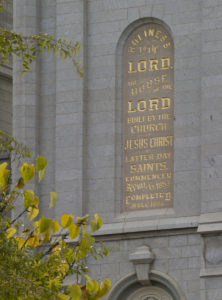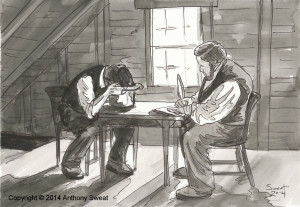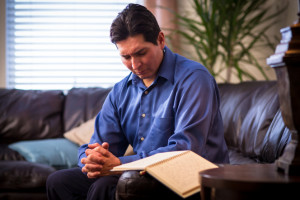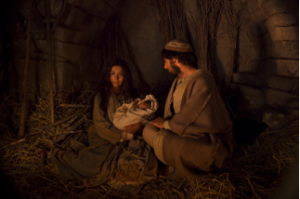 The most sacred structure to Latter-day Saints is the Temple. Of course, what makes the Temple sacred has nothing to do with the building; it is because of the holy ordinances that are performed inside. The Church teaches that only through those ordinances are the greatest blessings available through the Atonement to be had1. The Church also teaches that Temple ordinances have been around since the time of Adam2. By contrast, most anti-Mormons believe that they are a modern invention, a mixture of Joseph Smiths imagination and plagiarized Freemason ritual. This is simply not true. Although not a comprehensive analysis, I hope to give throughout this post a glimpse of the plentiful evidences that these ordinances were practiced anciently, and that divine revelation to Joseph Smith is a much better explanation for their genesis than pretending he made it up.
The most sacred structure to Latter-day Saints is the Temple. Of course, what makes the Temple sacred has nothing to do with the building; it is because of the holy ordinances that are performed inside. The Church teaches that only through those ordinances are the greatest blessings available through the Atonement to be had1. The Church also teaches that Temple ordinances have been around since the time of Adam2. By contrast, most anti-Mormons believe that they are a modern invention, a mixture of Joseph Smiths imagination and plagiarized Freemason ritual. This is simply not true. Although not a comprehensive analysis, I hope to give throughout this post a glimpse of the plentiful evidences that these ordinances were practiced anciently, and that divine revelation to Joseph Smith is a much better explanation for their genesis than pretending he made it up.
Before getting into the heart of the subject, I want clarify a couple of things. First, I am not suggesting that early Temple ritual was a carbon copy of what is practiced today. We just don’t know exactly what the ordinances were like in ancient times. How they are performed has been changed from time to time by the presiding authorities to better meet the needs of the Church membership (one of the beauties of continuing revelation), and so there is no need to assume that the ordinances have remained unchanged throughout history. Also, it is entirely possible that there have been periods of time where the full spectrum of Temple ordinances has not been available on the earth (for example after the Children of Israel lost the Melchizedek Priesthood). But since those ordinances are critical to our salvation, the essential core aspects would have remained the same throughout time, and would have been known to the faithful. As I hope to demonstrate, there are many evidences of this found within ancient texts and traditions.
Second, I’m purposefully not discussing in detail any connections to Freemasonry. This has been explored extensively, and FairMormon has plenty on the subject. The primary purpose of this post is to discuss documents and traditions relating to the Temple that pre-date Freemasonry. From my point of view, any connection between Temple ritual and Freemasonry need not be distressing. I believe that it is entirely possible (if not probable) that Joseph Smith was inspired to become a Mason so that he could better learn how to use dramatic ritual and symbols to teach complex ideas; and while some similarities undoubtedly exist, you cannot explain the ordinances of the Temple by looking at Freemasonry alone. [Read more…] about A Case for Ancient Temple Ordinances





